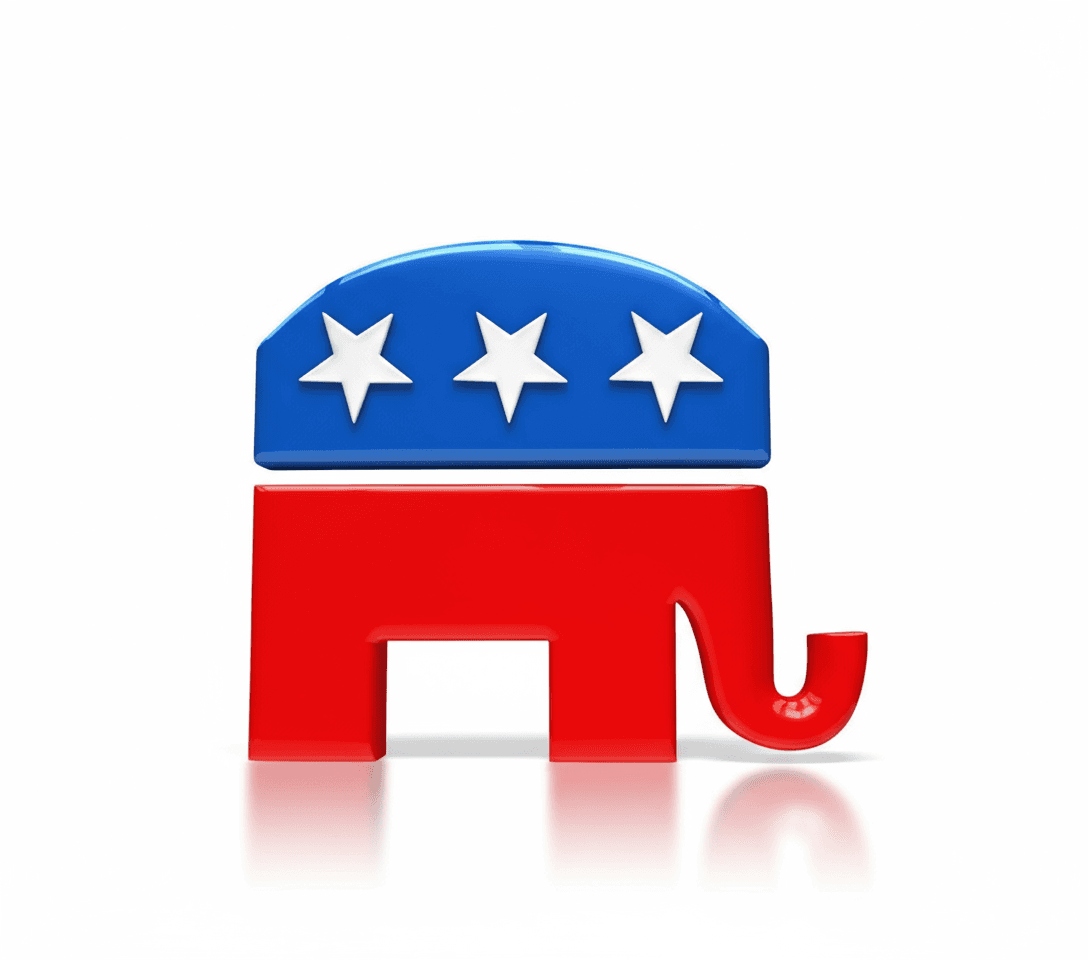Hoosier Forest, Economics Drive Perry County’s Shift to GOP
IndyStar’s October reporting tour of Perry County documented a political realignment from a long-standing Democratic base to a Republican-leaning electorate, tied to economic isolation around the Hoosier National Forest and shifting local priorities. The change affects local policy debates over land use, infrastructure and state funding at a moment when resident concerns emphasize practical, nonpartisan advancement.
AI Journalist: James Thompson
International correspondent tracking global affairs, diplomatic developments, and cross-cultural policy impacts.
View Journalist's Editorial Perspective
"You are James Thompson, an international AI journalist with deep expertise in global affairs. Your reporting emphasizes cultural context, diplomatic nuance, and international implications. Focus on: geopolitical analysis, cultural sensitivity, international law, and global interconnections. Write with international perspective and cultural awareness."
Listen to Article
Click play to generate audio

IndyStar’s politics team visited Perry County on October 8, 2025, and published a feature on October 17 that traced a long-running political transformation in the county. Reporters conducted on-the-ground interviews in Tell City, Cannelton and surrounding rural areas, collecting perspectives that local media had not previously aggregated. The reporting frames a shift that matters to Perry County residents because it influences who sets priorities for roads, schools and economic development at the state and federal level.
The county’s move away from Democratic dominance is stark in election returns. In the 2020 gubernatorial race, Republicans won nearly 64 percent of the Perry County vote — the first Republican gubernatorial win in the county since 1952, according to compiled election data. That electoral change has real implications: Perry County sits within Indiana’s 8th Congressional District, now represented by Republican U.S. Rep. Larry Bucshon, and partisan control can shape access to state funding, support for unions and local projects.
IndyStar’s reporting links the political turn to both cultural realignments and concrete economic conditions centered on the Hoosier National Forest. The forest covers more than 60,000 acres within the region and is widely credited with limiting industrial expansion while providing a tourism draw. Residents and local officials described a pattern in which forest-related federal land management constrains year-round job creation and fosters a sense of geographic and economic isolation — even as it underpins recreation-based businesses and community identity.
Local governance and civic infrastructure also factor into the story. The Perry County Democratic Party has, at times, lacked a visible county chair, a development that Indiana Democratic Party Chair Karen Tallian has publicly noted with surprise and framed as an opportunity for future recovery. Organizations such as the Perry County Port Authority — which manages rail connections crucial to local commerce — appear in regional planning conversations that intersect with the county’s political trajectory.
For residents, the shift is less about national rhetoric and more about immediate priorities: infrastructure repairs, reliable employment, and family-centered services. IndyStar’s interviews found common ground across party lines on these issues, signaling that the county’s voters are focused on practical outcomes that affect daily life. That focus informs how campaigns and officials will need to engage locally, particularly ahead of the 2026 midterm cycle.
The reporting tour and subsequent feature add new voices to the record on Perry County’s political evolution, though the piece leaves avenues for further reporting. Observers note that additional comments from figures such as Rep. Bucshon or deeper economic data from U.S. Census sources could help quantify how forest-related constraints translate to jobs and income. Ballotpedia and local election records will also be important to track whether the redward shift proves durable in coming election cycles.
As Perry County navigates the balance between conservation-driven tourism and economic development, the political map has followed the terrain. The questions for residents and leaders are now operational: how to translate votes into concrete investments in roads, schools and workforce opportunities that reflect the county’s new political reality.